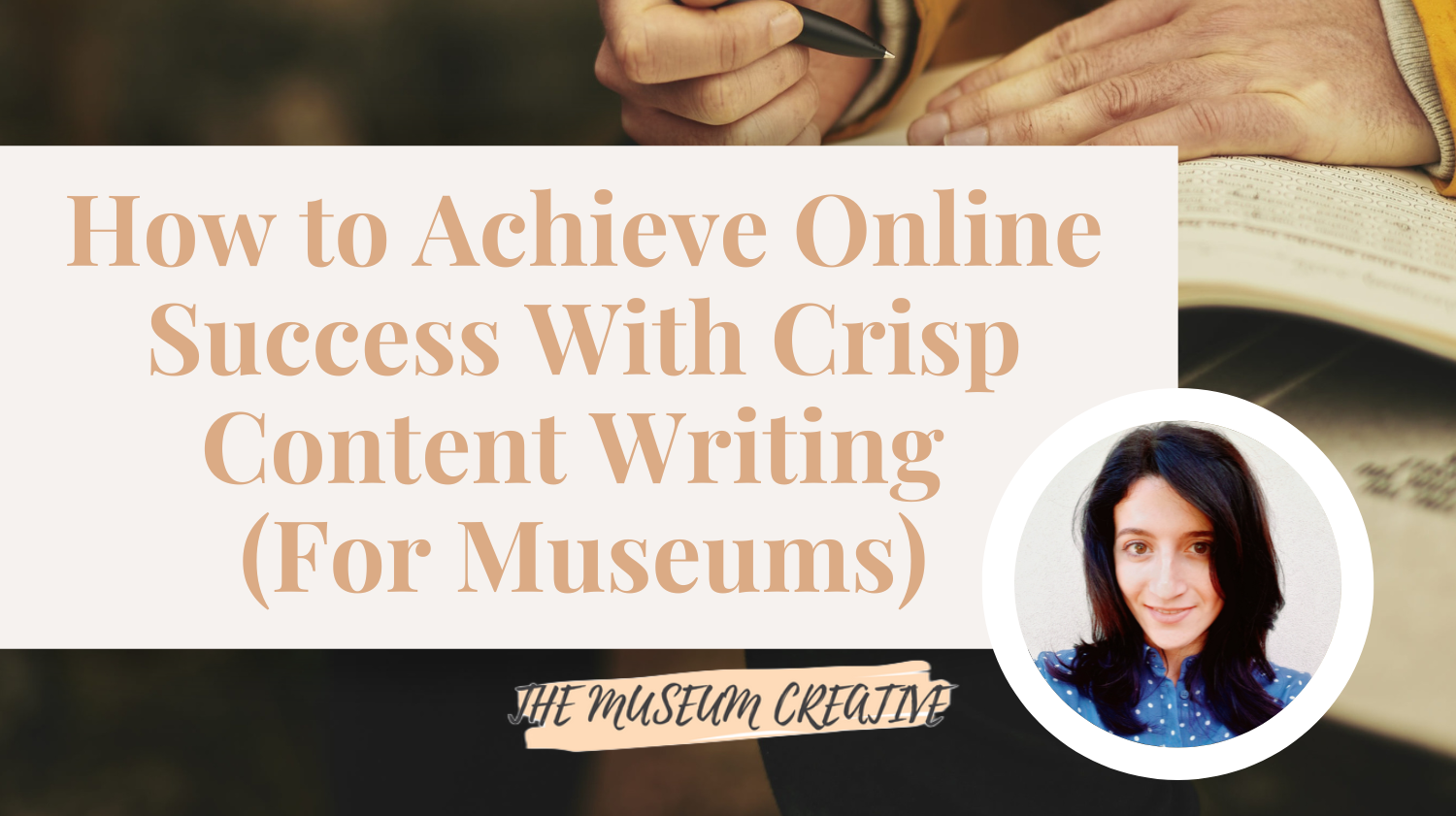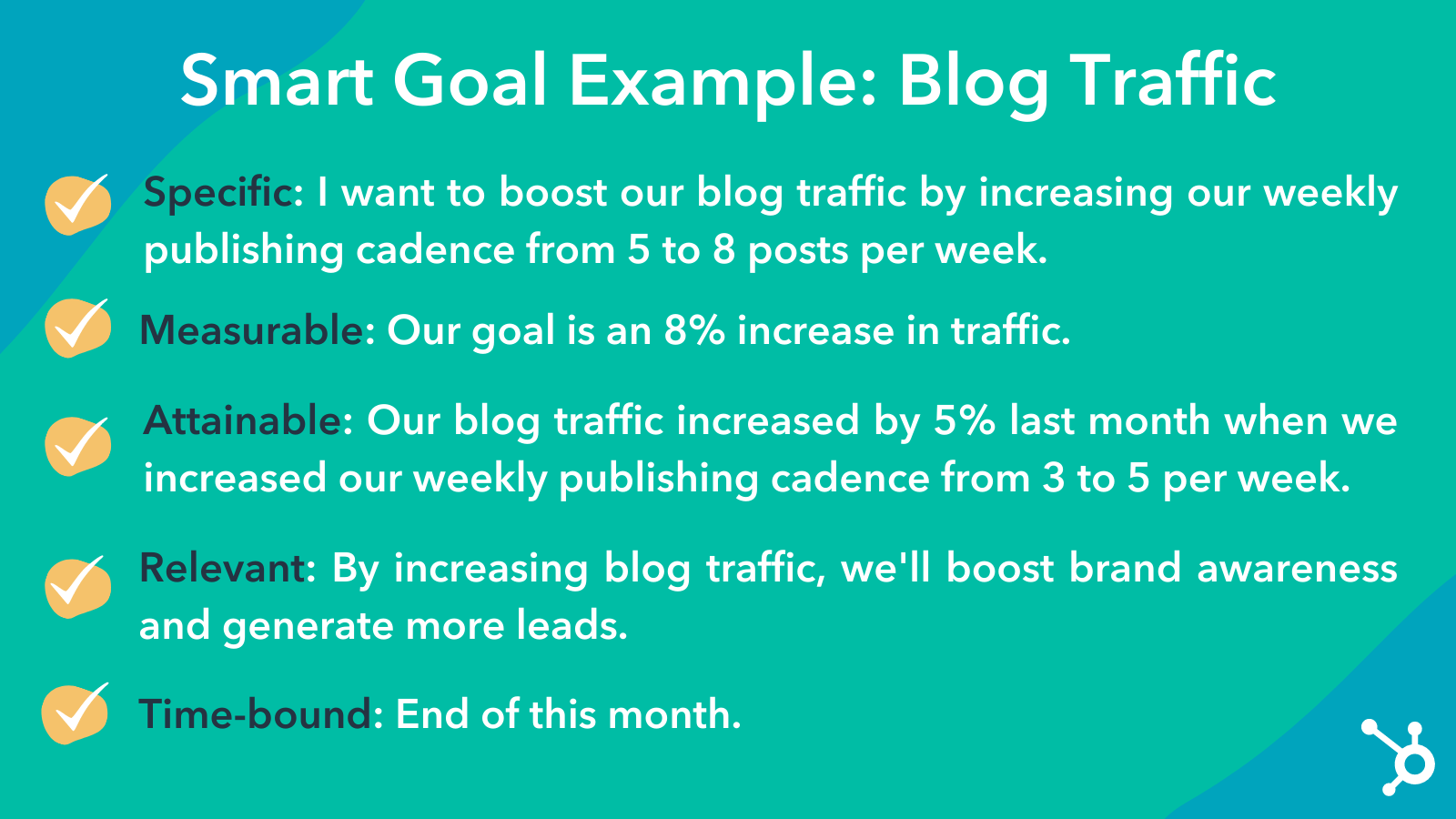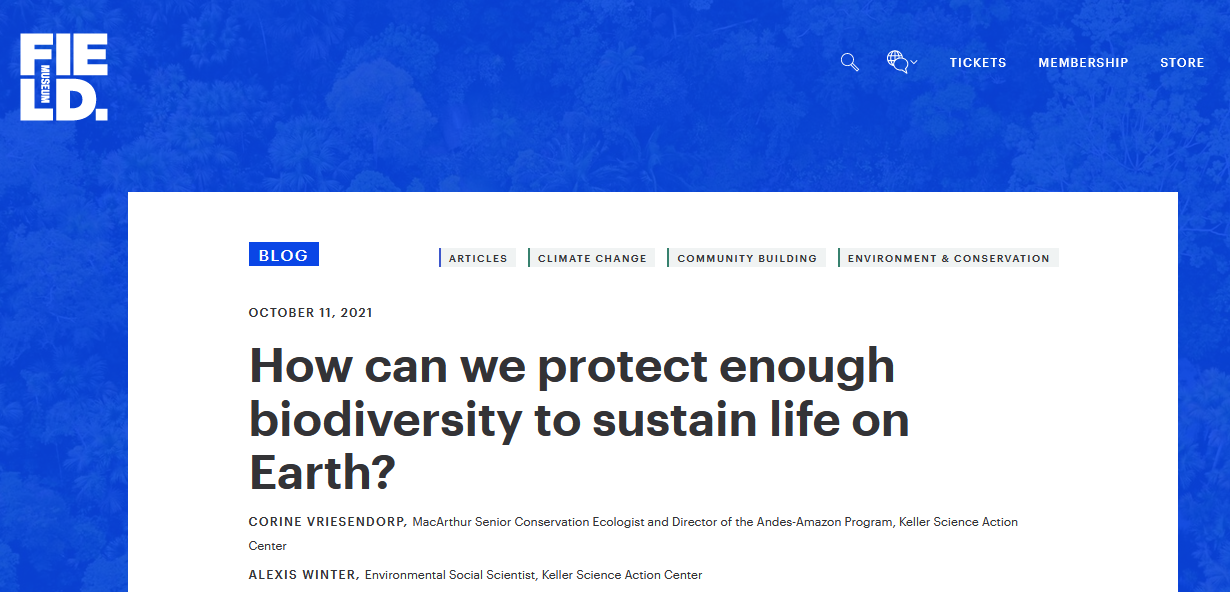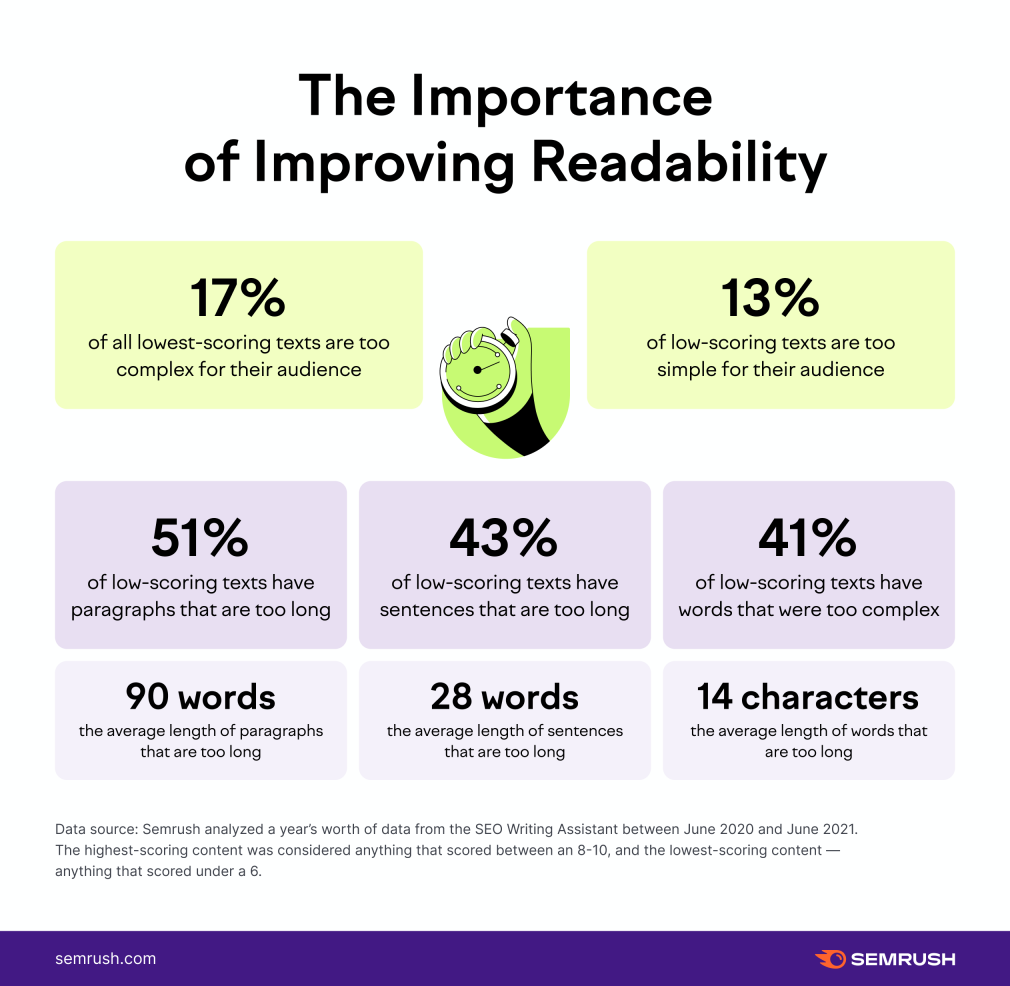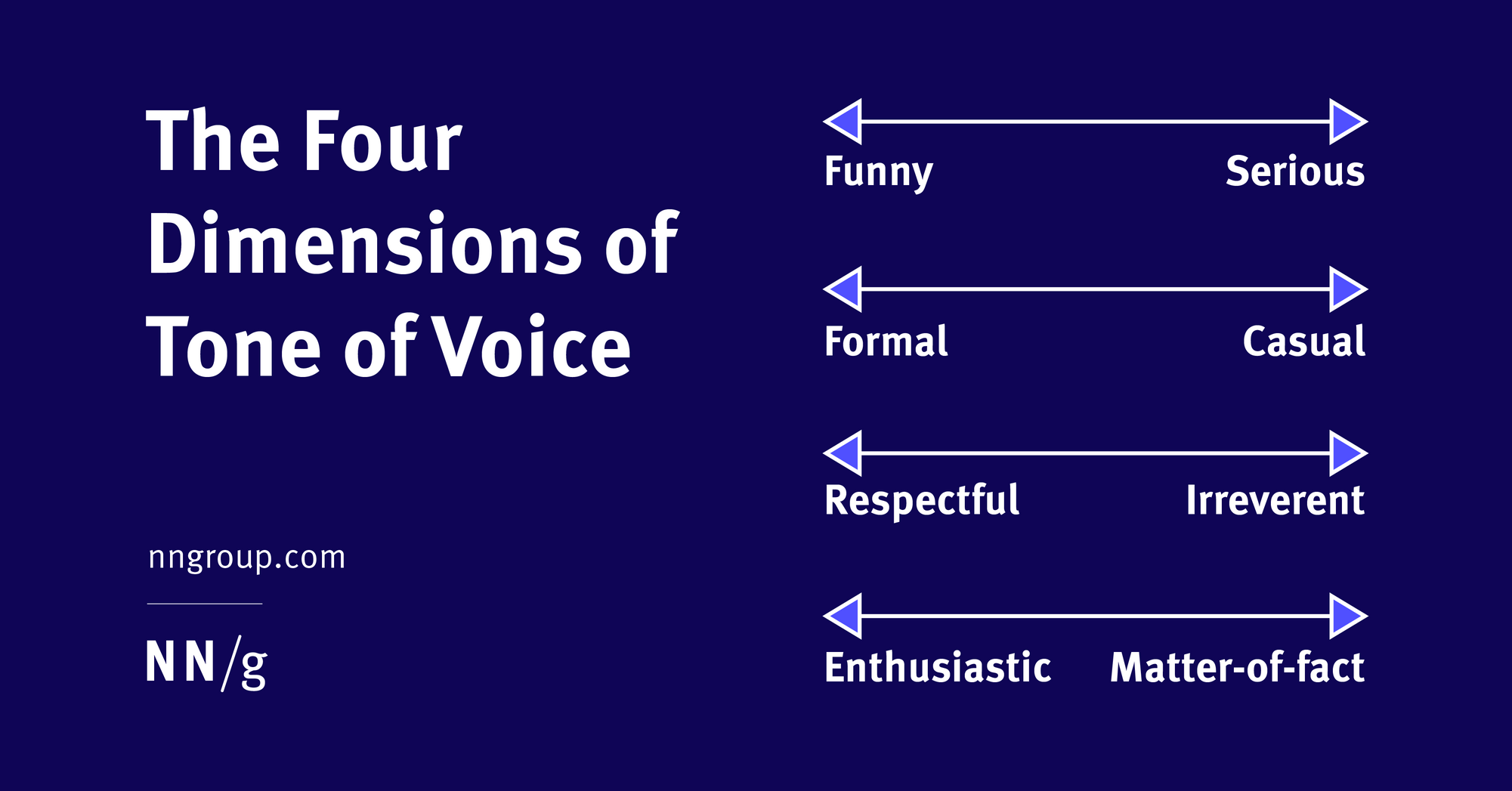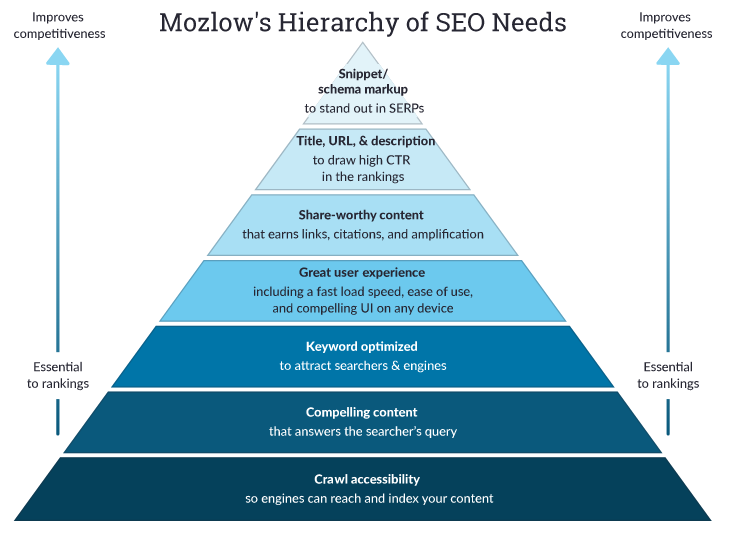How to Achieve Online Success With Crisp Content Writing (For Museums)
Somber truth: online audiences suffer from content fatigue. 🥵
59% of consumers feel like companies have lost touch with the human element of customer experience, and 90% of businesses agree that building a personal or human connection with their buyers has become vital to closing sales.
This involves museums, too.
Finding a balance between providing motivational, thoughtful content and not overwhelming your audience with too complex information is key to forming quality relationships that last.
Think about it: people browse online all day, every day; being constantly bombarded by junk content has made them “picky” about what they find relevant on the web.
That’s why the most viable way to truly connect with your audience is to adapt your content creation to their pressing needs and tap into their emotional side with resonating copy - you’ll nurture more loyal, trusting customers this way!
But how do you make content crisp, engaging, and valuable for your audience? What are the best writing practices to achieve online success?
In today’s post, I’ll take you through eleven top tips to ideate crisp content writing that earns readers’ attention, drives more conversions, and establishes brand awareness.
Ready?
Let’s get started!
Why Does Crisp Content Writing Matter?
Content creation is an essential component of most businesses - 70% of marketers are actively investing in content marketing and 51% of them have proved its effectiveness in increasing sales.
However, 60% of content created by brands is just clutter and has little impact on consumers’ lives.
That’s why producing crisp content that is high-quality, helpful, and compelling to your target audience is vital for the overall success of your museum - it’s never just about getting content out there.
Powerful crisp content writing:
Strengthens your brand's voice and authority.
Attracts the right people, engages them, and ultimately converts them into satisfied customers.
Drives organic traffic to your website.
Makes your site rank high in search results, as search engines crawl and reward informative, trustworthy content.
Remember: sloppy, fluffy writing isn’t fit for the web. You need to hone in on clarity, incisiveness, and strength when publishing content instead.
This means to:
Help the reader get the information they’re seeking.
Listen to their needs/expectations.
Make your content enticing, easy to read, and accessible.
Prefer strong verbiage, active voice, and consistency over complicated jargon and wordy sentences.
All these aspects play a massive role in strong, crisp writing - not only will you earn your audience’s attention and trust, but you’ll also stand out and build long-term relations with them!
Crisp Content Writing: 11 Tips to Attract and Convert Your Audience
At this point, you’re probably wondering… How do I make catchy content? What makes good clean and crisp writing?
In the following, you’ll get all your answers by learning eleven effective practices to take your content to the next level.
And the best part is you’ll set the right strategy to develop and deliver content that deeply connects with your readers and converts.
Let’s dive in!
Start with Your Goals
Crisp content writing will fail if you don’t set clear goals first - skipping this step would compromise all of your marketing activity otherwise.
Defining goals will let you:
Have a direction in your content creation process.
Keep your actions on track.
Measure your performance and final results.
Cut out unnecessary or irrelevant work.
Guarantee your lasting success.
Hence, your goals must be SMART.
Source: Hubspot
For more clarity on the path to take, ask yourself:
What benchmarks do you aim to meet with your content? By when?
Do your current resources let you do this?
How will you assess your results?
Will your activity have a positive impact on your business?
With a roadmap in place, you’ll ensure concrete marketing results and increase your odds for success.
SMART goals do work - so, stick to them and stay focused!
2. Write for Your Audience
Thorough audience research sets the foundation of crisp content writing.
You won’t draw people’s attention if you’re oblivious to their interests, concerns, and most common questions - you need to speak directly to them through helpful, relevant content that addresses their needs!
That’s where building buyer personas come in.
These descriptive profiles outline your ideal readership, focusing on:
Their goals and challenges.
How they see your brand and competitors.
The topics they’re interested in.
The online platforms and content formats they prefer.
What they want to know from you.
Buyer personas genuinely reflect your target audience, helping you tailor your messaging to them.
Also, they serve as a baseline for optimizing the readability, originality, usefulness, and shareability of your content.
The outcome?
With a deep knowledge of your audience, you’ll provide ongoing value through your content, boost engagement, drive conversions, and expand your reach.
3. Create a Content Outline
Having a well-structured outline is a fundamental step in your crisp content writing process.
Outlines work as the backbone of any content piece you publish, from your blog to your website pages, social media posts, emails, you name it.
They help you:
Plan your research.
Put forward the main and supporting ideas for a particular topic.
Set out thoughts, facts, media, and the major points of your copy.
Speed up your writing, avoiding “writer’s block”.
See them as an instruction manual that guides you on fitting together the different components of your final draft like the working title, main topic, headers, images, statistics, or quotes.
With an outline in place, you’ll get a better perspective of how to organize your work and produce content that’s more informative, clearer, and easier to read.
5. Use Magnetic Headlines
Let’s get down to the nitty-gritty of crisp writing style.
The first element to consider for impactful, crisp content writing is the headline.
Whether it’s the title of your blog posts, the header of your lead magnets, or the subject line of your emails, a head-turning headline is what gets people to click and start reading content.
According to Contentsquare’s 2021 Digital Experience Benchmark report, the average time on page across all industries is only 54 seconds - with such a short time span, the headline becomes crucial to draw your audience’s attention and keep them engaged.
Plus, headlines that are 10-13 words in length drive twice as much traffic and x1.5 more shares than shorter ones. (Semrush)
If the headline doesn’t spark interest, stir an emotion, or motivate readers to learn more about the topic, you won’t achieve the desired results with your content.
Use emotive language to hook them on a personal level - humor, controversy, questions, or contrast are effective attention-grabbers that will make your headlines catchy and unique.
Here’s a crisp writing example of a headline from the Field Museum Blog:
As in the example above, make sure your headline:
Is clear and descriptive of the topic you’ll discuss.
Builds anticipation and intrigue.
Resonates with your audience’s expectations/needs.
Incorporates a relevant keyword for search results.
Tools like Headline Analyzer and Hoth Title Generator will be extremely helpful to generate captivating headlines for your content.
6. Grab Attention with a Good Hook
After the headline, the hook is the second most important element of crisp content writing.
It should be part of every piece you create and share, on social media, in your newsletter, or in your blog posts.
The hook clearly conveys what’s coming up in your content, capturing the readers’ attention and smoothly leading them into the rest of your messaging.
Simply put, it’s your best opportunity to inspire, move, delight, and convince them that your story is worth reading from the get-go.
With a can’t-look-away hook, you:
Create empathy and credibility.
Keep your audience focused on your writing.
Trigger suspense and curiosity.
Give character to your content.
But most importantly, the perfect hook enables you to hit a specific need, desire, or pain point of your target audience in an unparalleled, authentic way - based on your personal perspective.
Remember: customer-centered writing is key to generating interest, increasing engagement, and developing long-term trust. You have to make your readers “care” about your content!
7. Ditch the Jargon
The last thing you want when creating crisp content writing is to bore your audience with confusing jargon and academic phrases.
This doesn’t work on the web. Period.
Why?
Because the online community uses a more direct, personal language based on simplicity and concision.
By paying attention to your audience’s interactions, you’re able to communicate your message more persuasively and win their full attention.
Source: Semrush
A few recommendations:
Use words that are familiar to your readers.
Keep paragraphs short to make your writing digestible.
Highlight key points with bulleted lists, bolded snippets, subheadings, etc.
Avoid fluffy words and redundancies.
Keep your sentences to less than 25 words.
Convey your message in a conversational tone.
Incorporate videos, images, and other media to break up the text.
Your goal is to make it easier for readers to consume your content - so don’t make it a chore to read, but a delightful source of information that attracts them for more.
8. Set the Right TOV
Tone of voice (TOV) directly affects communication, impacting how your audience interprets your museum’s personality.
In crisp content writing, word choice defines your tone and presence - the way you use words and phrase sentences, the perspective you speak from, and the emotions you convey are all key factors that help you align your message to your target audience.
Asking questions like…
How do I want to sound in my copy?
What feels right for my image and business goals?
What works best with my audience?
…will give you clarity on the perfect tone for your brand and how to adjust it depending on the context and content type. (Be flexible, yet consistent!)
Nielsen Norman Group has identified four dimensions of TOV to pick from:
Funny vs serious.
Formal vs casual.
Respectful vs irreverent.
Enthusiastic vs matter-of-fact.
Each dimension has two extremes - you could opt for one of the two, or find a balance based on your needs; you could even choose a mix of dimensions and then refine your communication style.
Whatever your choice is, use your TOV wisely and adapt it where it makes sense.
This way, you’ll:
Build a more defined, recognizable brand presence online.
Cut through the competition.
Stay human in your communications.
Have more quality relationships with your audience.
By matching the tone with your mission, content format, and audience’s voice, you’ll grow your online authority and dramatically increase customer loyalty!
9. Write SEO-Friendly Content
If your digital content isn’t SEO-optimized, no one will ever read it - that’s essential for crisp content writing.
SEO ensures your content ranks on search engines like Google and other social media platforms like YouTube, making your content available to your audience and increasing your online visibility.
Before writing any piece, you need to research focus keywords related to your audience’s queries and challenges (opt for long-tail KWs with a low difficulty rating and a decent search volume to easily rank high on the SERP). Type them in on the web and check the results to better understand the users’ search intent - this will give you a clearer picture of the type of content to produce for your KWs.
Consider including these SEO practices in your content creation:
Use title tags (H1, H2, H3, and H4) to structure your writing.
Link to other content on your website like other blog posts or landing pages.
Include alt text to your images for accessibility and SEO purposes.
Write short meta titles (under 60 characters), using your primary keyword.
Optimize your URL with the focus keyword.
Tools like Moz, Semrush, or AnswerThePubic will facilitate your research.
Screenshot from: MOZ
With these key SEO tactics, you’ll deliver valuable and appealing content that represents the best answer to your audience’s questions.
10. Use Relevant CTAs
Calls to action (CTAs) are a powerful tool in crisp content writing.
Adding one clear, strong CTA to your content pieces has the potential to skyrocket your lead generation, sales, and overall ROI!
Just think that emails with a single CTA increase clicks by 371% and sales by 1617%; and that CTAs on a landing page boost conversion rates by 80%.
Mindblowing, right?
Your ultimate goal is to convert your audience into returning visitors and satisfied customers.
To do so effectively:
Include a relevant CTA where appropriate throughout your content.
Choose which one to use based on your audience’s needs and marketing goals.
Be specific about where to lead users with your CTA.
Run tests to assess the performance of your CTAs.
Also, use active words to motivate people to interact with your content and take action through gripping CTAs.
The type of words you choose will seriously impact their decision - so avoid generic words like “click here”, “submit”, or “like”, and focus more on enticing words like “get started”, “join today”, or “subscribe for free”.
Adding a tone of urgency in your CTAs will drive up interactions and customer conversion rates!
11. Edit Ruthlessly
High-converting, crisp content writing is impossible without good editing and proofreading.
Once you create the first draft of your content, go back to it to polish and improve it (one or two rounds of edits will highly benefit the quality of your piece).
Here’s how to make the most of this delicate, yet essential phase:
Read through the content as a reader would (Is it easy to understand? Is it engaging enough?).
Read out loud to check if your content flow needs adjustments.
Use the active voice to let the subject do the action and bring more power to the content.
Watch out for typos and misspellings that would compromise the authoritativeness and trustworthiness of your content.
Stay updated with the internet grammar and its possible changes.
Fix sticky sentences and eliminate bloated words to better your content readability.
Use the second person POV for a more direct and personal connection with the readers.
Remember: taking your time when editing and learning how, when, and where to cut out content that turns off your audience is key to consistent engagement.
Persuasive, Crisp Content Writing Will Attract Your Audience Repeatedly
You’ve made it! 🥳
You now know eleven crisp content writing tactics to create entertaining, useful content that will keep your online audience involved and committed to your museum.
Effective high-quality copy isn’t just about how to write crisp sentences or how to make a paragraph short and digestible; it’s also about telling readers WHY a topic should matter to them, and that your content is the best solution to what they’re seeking.
Grab their attention with snappy, shareable, actionable, and easy-to-consume content. By doing so, not only will you be seen as a trusted source of information, but people will keep coming back to you - to the point of becoming your biggest supporters and loyal customers!
With time and consistent practice, you’ll reach new heights.
You got this! 💪

